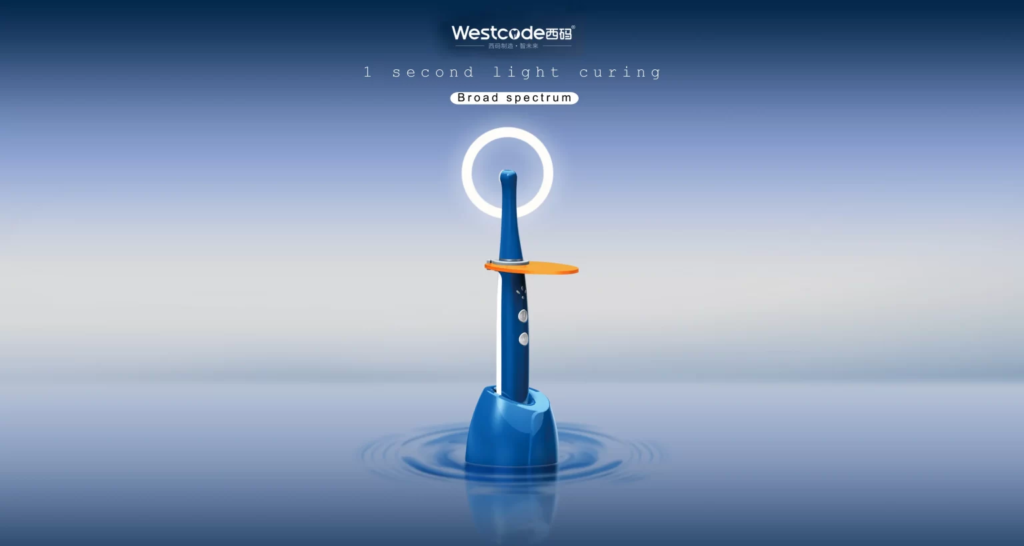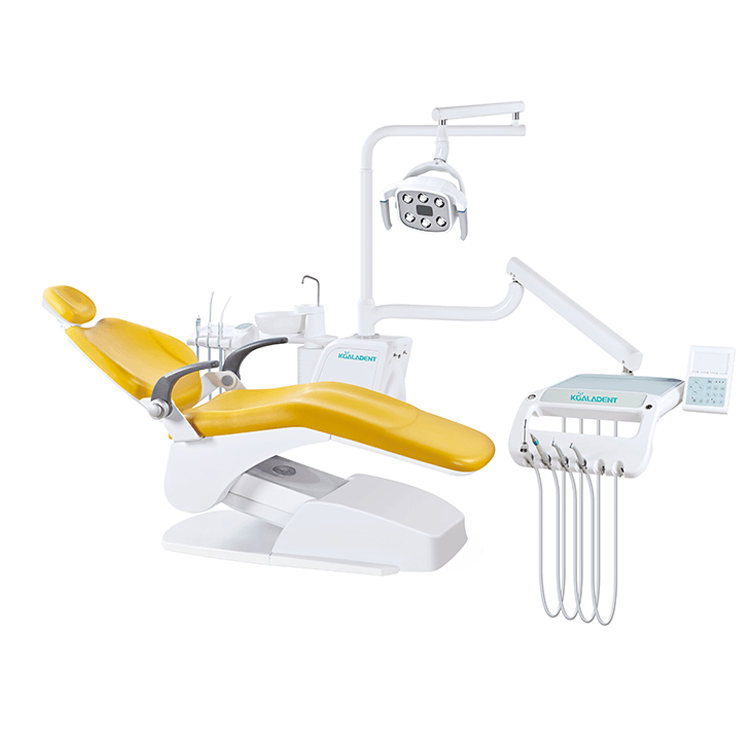A dental curing light is a medical device used in dentistry to harden dental materials such as composites, adhesives, and sealants. The device emits a high-intensity light that activates the photoinitiators in the materials, causing them to polymerize and harden.
The specifications of a dental curing light can vary depending on the manufacturer and model, but typically include:
- Light output:
measured in milliwatts (mW), which refers to the intensity of the light emitted by the device. Higher output typically results in faster curing times.
2. Wavelength:
measured in nanometers (nm), which to the specific range of light wavelengths emitted by the device. Different materials require different wavelengths to cure properly.
3. Light source:
dental curing lights can use different types of bulbs or LEDs as the light source, each with its own advantages and disadvantages.
- Curing time:
the time required for the material to fully cure under the light.
- Battery life:
for cordless models, the battery life of the device can be an important consideration.
- Size and weight:
dental curing lights can vary in size and weight, which can affect their ease of use and portability.
- Accessories:
some dental curing lights may come with additional accessories such as curing tips or filters, which can affect their versatility and functionality.


